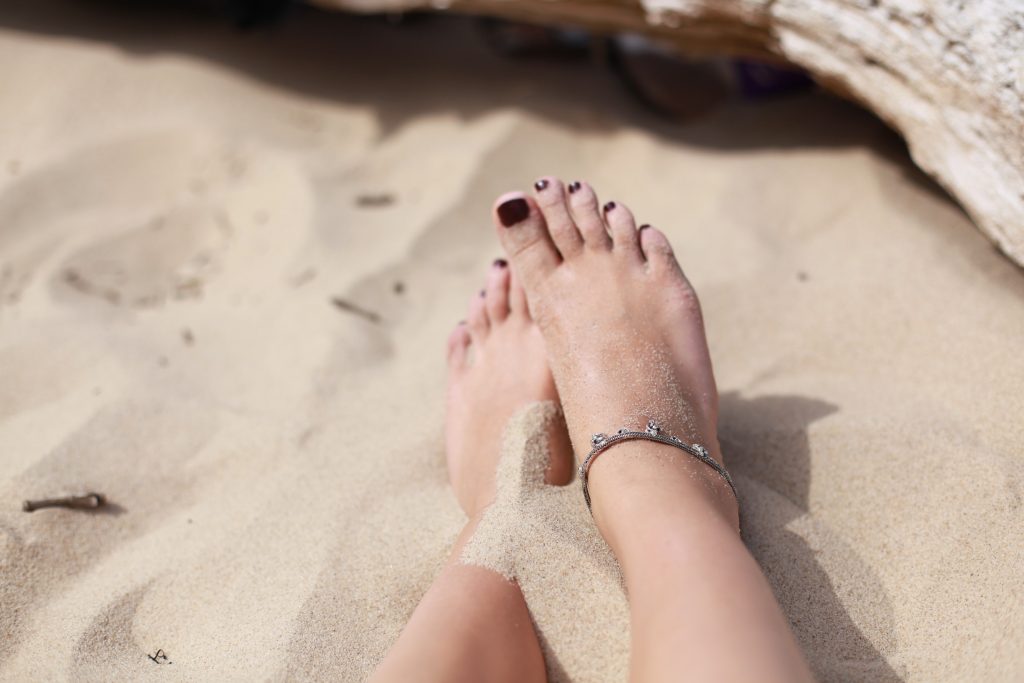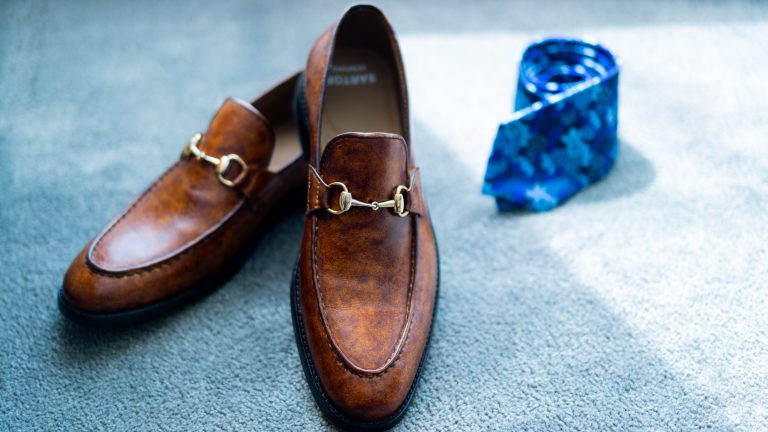Are There Five Main Types of Feet? What Are Normal Feet? | 2023
Our feet are the foundation of our body. In this article, we will explore the five main types of feet, with a focus on normal feet and the importance of identifying your foot type. However, not all feet are the same. Just like fingerprints, everyone’s feet are unique, and they can be categorized into different types based on their shape and structure. Understanding your foot type is crucial for maintaining proper posture, preventing injuries, and choosing the right footwear. In this article, we will explore the five main types of feet, with a focus on normal feet and the importance of identifying your foot type.
I. Introduction
Before delving into the different types of feet, let’s establish what these types mean and why it’s essential to recognize them. Our feet can be broadly classified into five categories: normal feet, flat feet (pes planus), high-arched feet (pes cavus), wide feet, and pronated feet. Each type comes with its unique characteristics and potential challenges. By understanding these distinctions, individuals can make informed decisions about their footwear, exercise routines, and overall foot care.

II. The Five Main Types of Feet
A. Normal Feet
Normal feet are the most common foot type, characterized by a moderate arch that allows the foot to distribute weight evenly. People with normal feet experience minimal discomfort and are less prone to foot-related problems. The arches provide stability and flexibility, allowing for smooth movements and shock absorption. Maintaining the natural arch is vital for overall foot health.
B. Flat Feet (Pes Planus)
Flat feet, or pes planus, is a condition where the arch of the foot collapses, causing the entire sole to touch the ground. This condition can be genetic or develop over time due to factors like obesity or pregnancy. Individuals with flat feet may experience pain, swelling, or instability. Proper footwear and specific exercises can help alleviate discomfort and improve foot function.
C. High-Arched Feet (Pes Cavus)
High-arched feet, also known as pes cavus, have a noticeable arch that doesn’t flatten when bearing weight. This condition can be hereditary or caused by neurological disorders. People with high-arched feet may face challenges finding suitable shoes and might experience foot pain or instability. Custom orthotics and supportive footwear are essential for managing this condition.
C. Wide Feet
Wide feet refer to feet with a broader width than the average foot. While not a medical condition, individuals with wide feet often struggle to find comfortable shoes that fit well. Ill-fitting shoes can lead to discomfort, blisters, and other foot issues. It’s crucial for people with wide feet to choose footwear designed for their foot shape and width.
D. Pronated Feet
Pronated feet roll inward excessively when walking or running, causing instability and potential injuries. This common condition can result from genetics, muscle imbalances, or improper footwear. People with pronated feet might experience pain in the ankles, knees, or hips. Supportive shoes, orthotic inserts, and strengthening exercises can help manage pronation and improve foot alignment.
III. Importance of Identifying Your Foot Type
Identifying your foot type is not just about understanding your feet; it’s about safeguarding your overall well-being. Your foot type affects your posture, balance, and body alignment. By recognizing your foot structure, you can make informed choices about shoes that provide adequate support and prevent discomfort. Moreover, understanding your foot type enables you to engage in exercises and stretches tailored to your specific needs, promoting foot health and reducing the risk of injuries.
IV. Common Misconceptions About Foot Types
Misconceptions about foot types are prevalent, leading to confusion and misinformation. Let’s debunk some common myths:
- Myth 1: Flat Feet Are Always Problematic
- Reality: While flat feet can cause issues for some individuals, not everyone with flat feet experiences discomfort or pain. Proper footwear and exercises can mitigate problems associated with flat feet.
- Myth 2: High Arches Are Always Advantageous
- Reality: High-arched feet can lead to instability and discomfort. People with high arches need supportive footwear to prevent injuries and promote stability.
- Myth 3: Wide Feet Are Abnormal
- Reality: Wide feet are a natural variation, and many individuals have wider feet. It’s essential to choose shoes designed for wider widths to ensure comfort and prevent foot problems.
V. Conclusion
In conclusion, understanding your foot type is a fundamental aspect of maintaining optimal foot health. Whether you have normal, flat, high-arched, wide, or pronated feet, each type requires specific care and attention. By embracing your unique foot structure and choosing appropriate footwear, you can enhance your overall well-being and prevent foot-related issues.
FAQs
Q1: Can I change my foot type with exercises and proper footwear? A1: While you can’t change your natural foot structure, exercises and suitable footwear can help manage discomfort and improve stability.
Q2: Are custom orthotics necessary for people with high-arched feet? A2: Custom orthotics can provide significant support for individuals with high-arched feet, enhancing comfort and stability.
Q3: Can pronated feet be corrected with specific exercises? A3: Strengthening exercises and supportive footwear can help manage pronation, but complete correction might not always be possible.
Q4: What kind of shoes are suitable for wide feet? A4: Shoes with wider widths and spacious toe boxes are ideal for individuals with wide feet. Avoid narrow or pointed shoes to prevent discomfort.
Q5: Is surgery necessary for flat feet? A5: Surgery is typically considered when flat feet cause severe pain or impair mobility. Conservative treatments like orthotics and physical therapy are often tried first.




Leave a comment